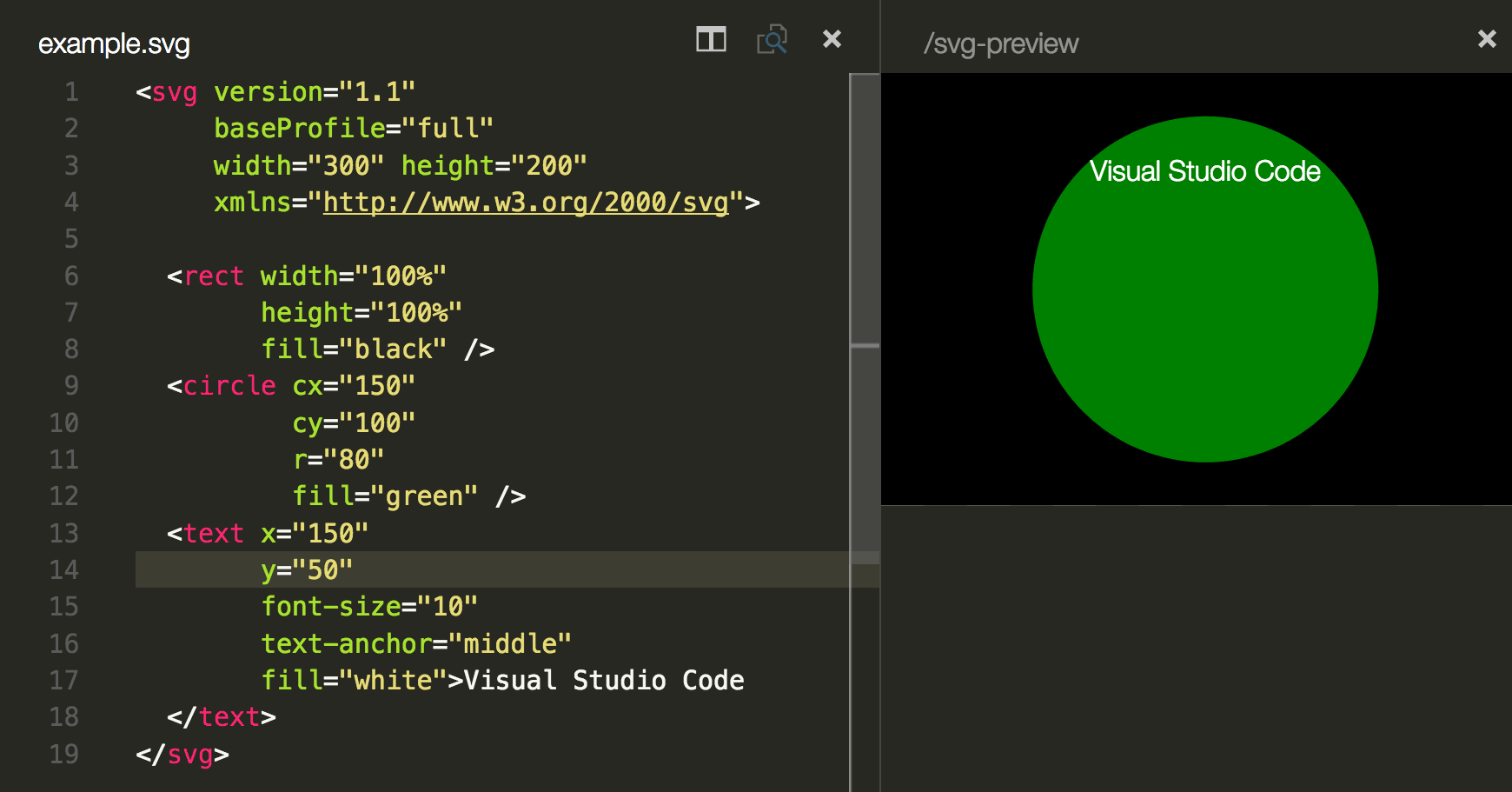

"code-runner.executorMapByFileExtension": I've had one day's headache. You can see the corresponding output in the terminal.Ĭongratulations! You have just completed your first Julia program."autohotkey": "\"G:\\FileMenuTools\\App\\FileMenu Tools\\My Custom Additions\\Coding\\Scripting\\AutoHotKey\\AutoHotkeyU64.exe\"" To run the Hello World program, click Run: Julia File in Terminal play button in the top-right side of the editor. Enter the following source code in hello.jl:.jl file extension indicates to VS Code that you interpret this file as a Julia program, therefore it evaluates the contents with the Julia extension and the selected interpreter. Name the file hello.jl, and it automatically opens in the editor.From the File Explorer toolbar, click the New File button on the Hello folder:.Creating Your First Julia Hello World program Note that the backslash \ is the escape character in JSON, therefore use \\ as the path separator character on Windows. NOTE: The format of the string should follow your platform specific conventions. Ensure that your user settings include the julia.executablePath setting.To edit your configuration settings, select menu Code (on Mac) or File (otherwise), then select Preferences, and then click Settings.Set the julia.executablePath to the full path of Julia executable that the extension should use.If the VS Code extension does not find your Julia installation automatically, or you want to use a different Julia installation than the default one, use the following steps to configure the extension. You do not need to configure the extension. If you installed Julia into a standard location on Mac or Windows, or if the Julia binary is on your PATH, the Julia VS Code extension automatically finds your Julia installation.

NOTE: It is recommended that you restart VS Code after installation. You successfully downloaded the Julia extension for VS Code. Click the green Install button to download the extension.


 0 kommentar(er)
0 kommentar(er)
